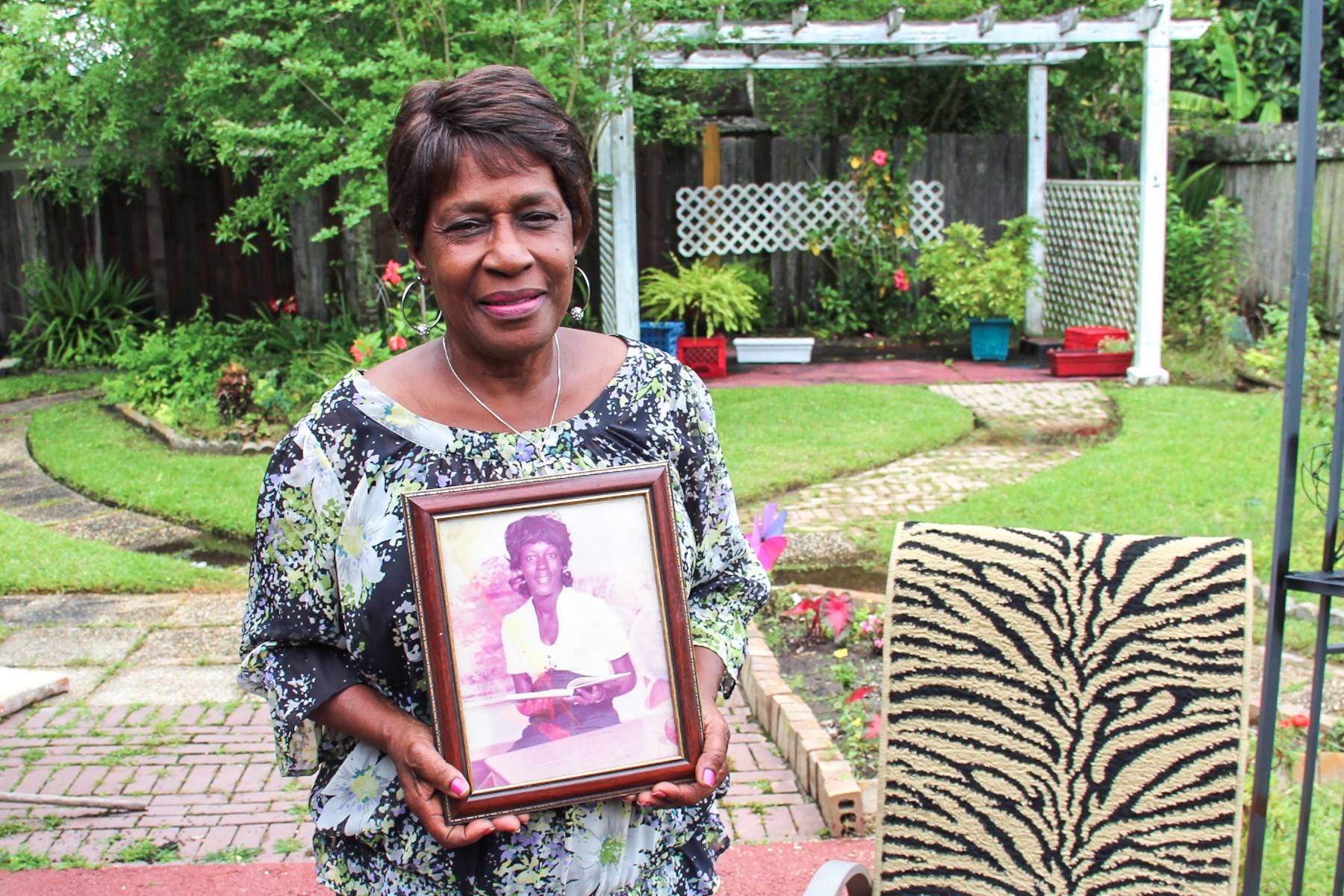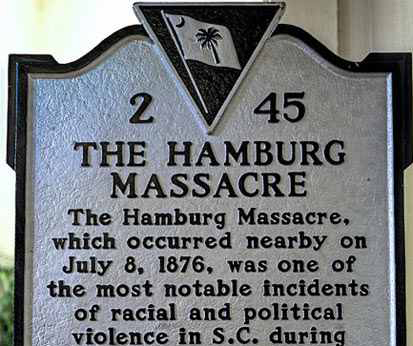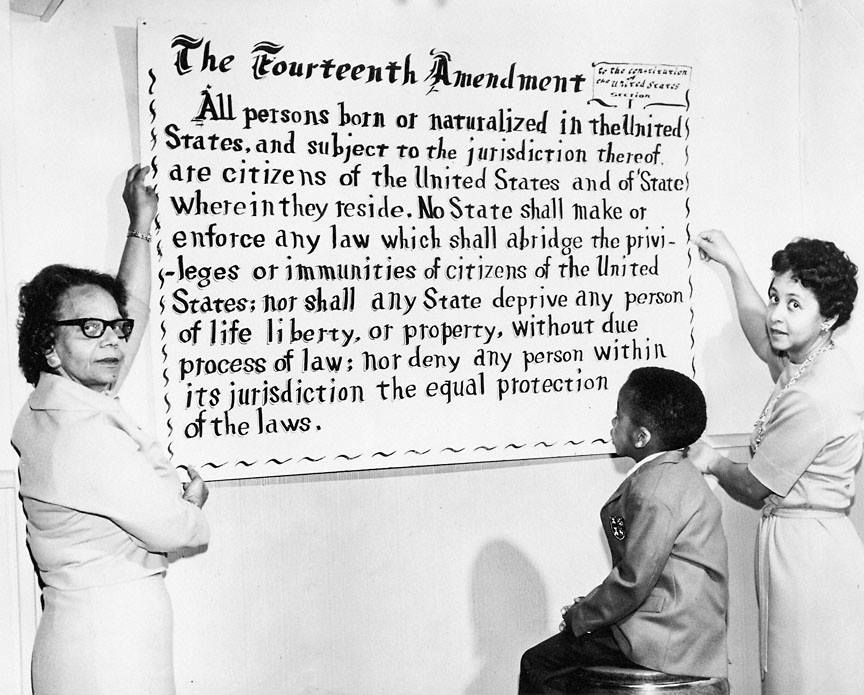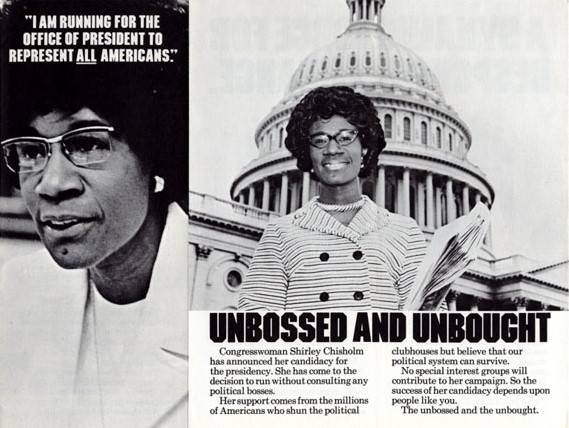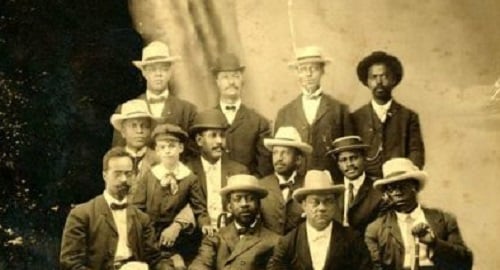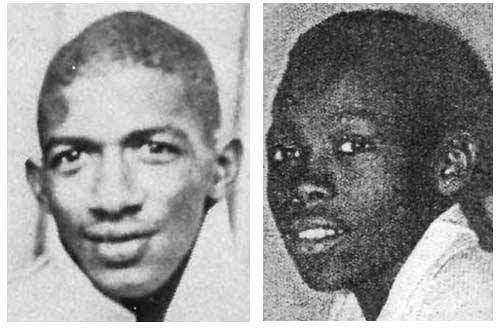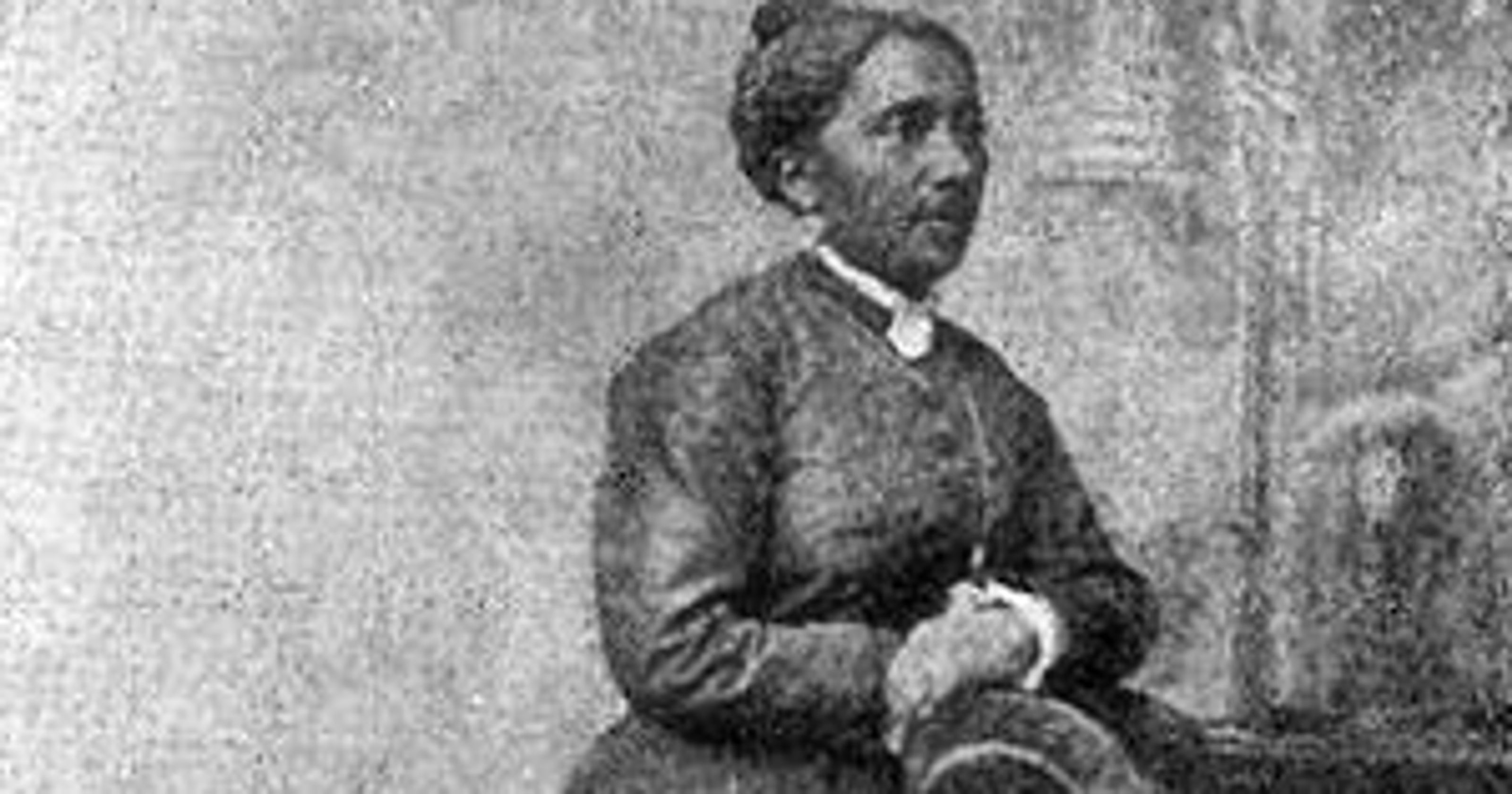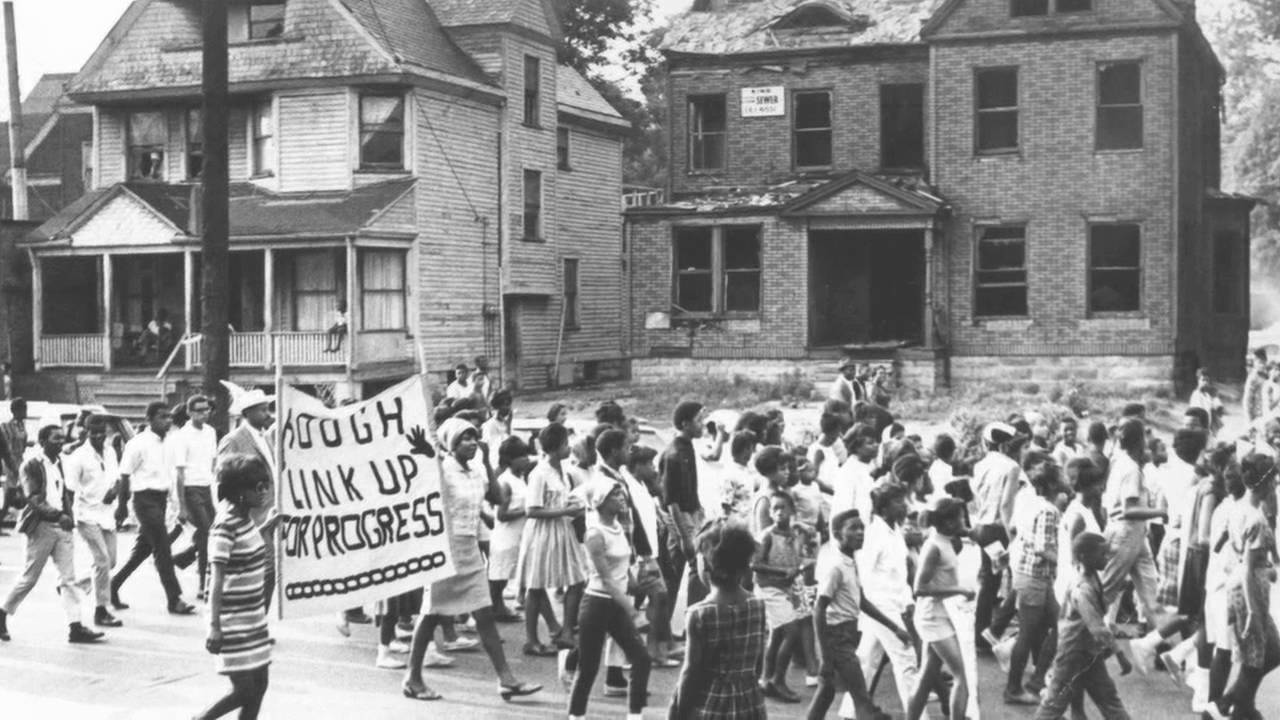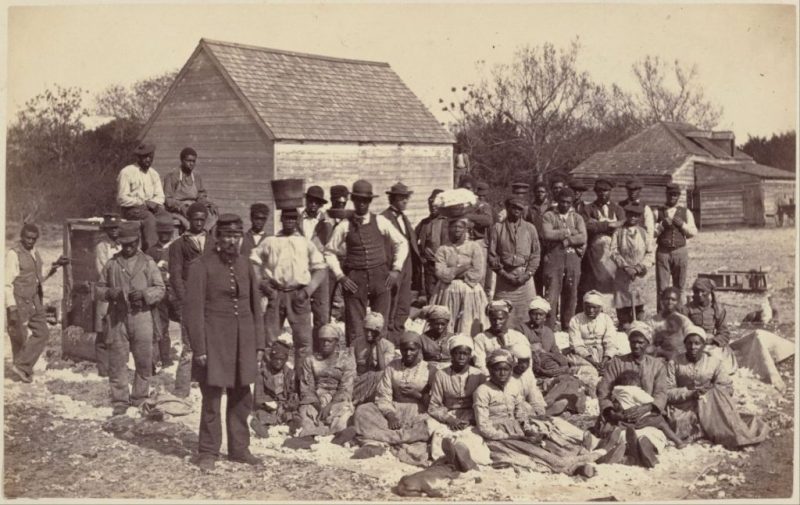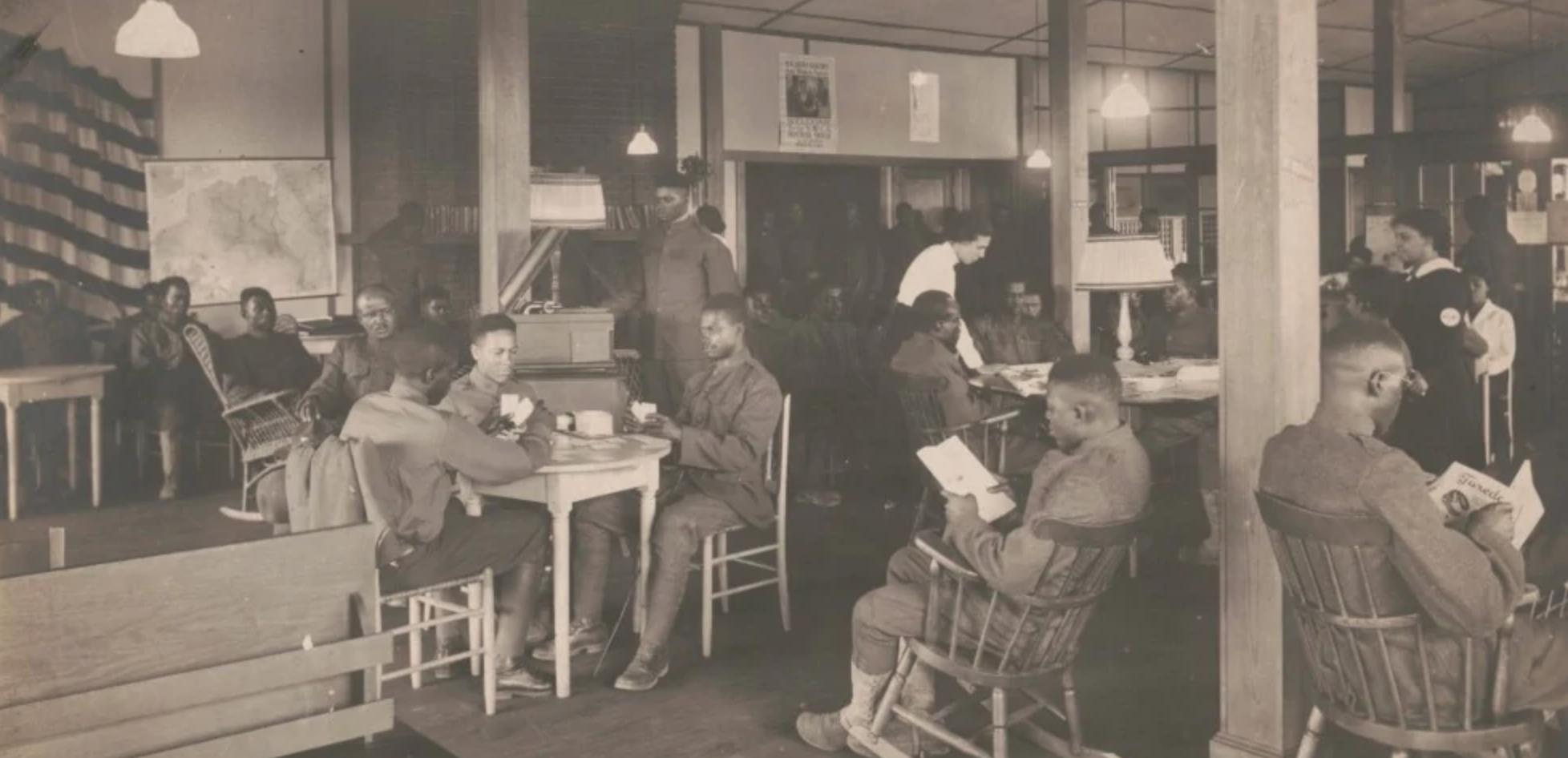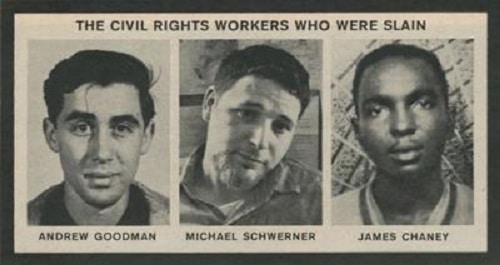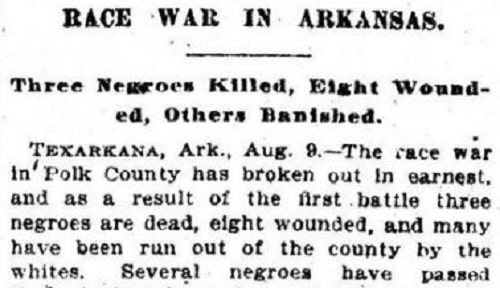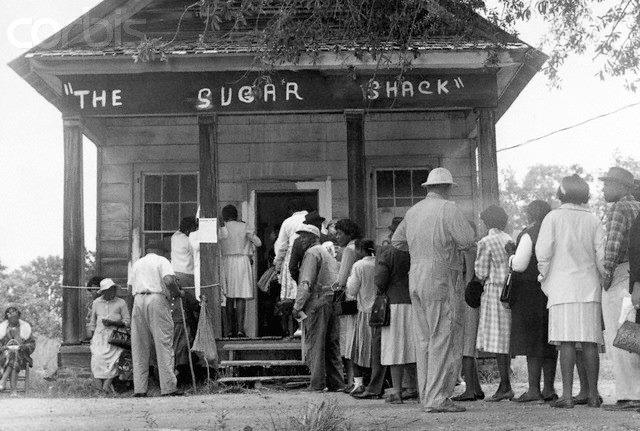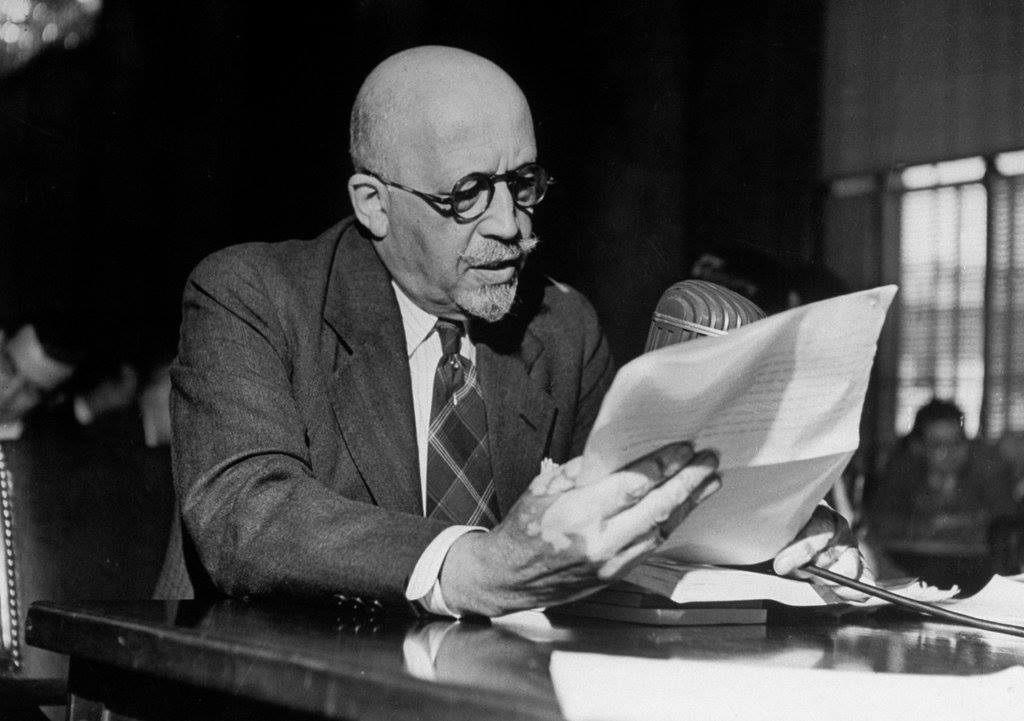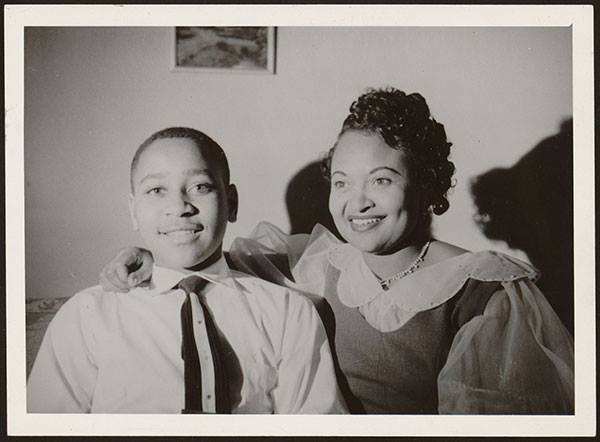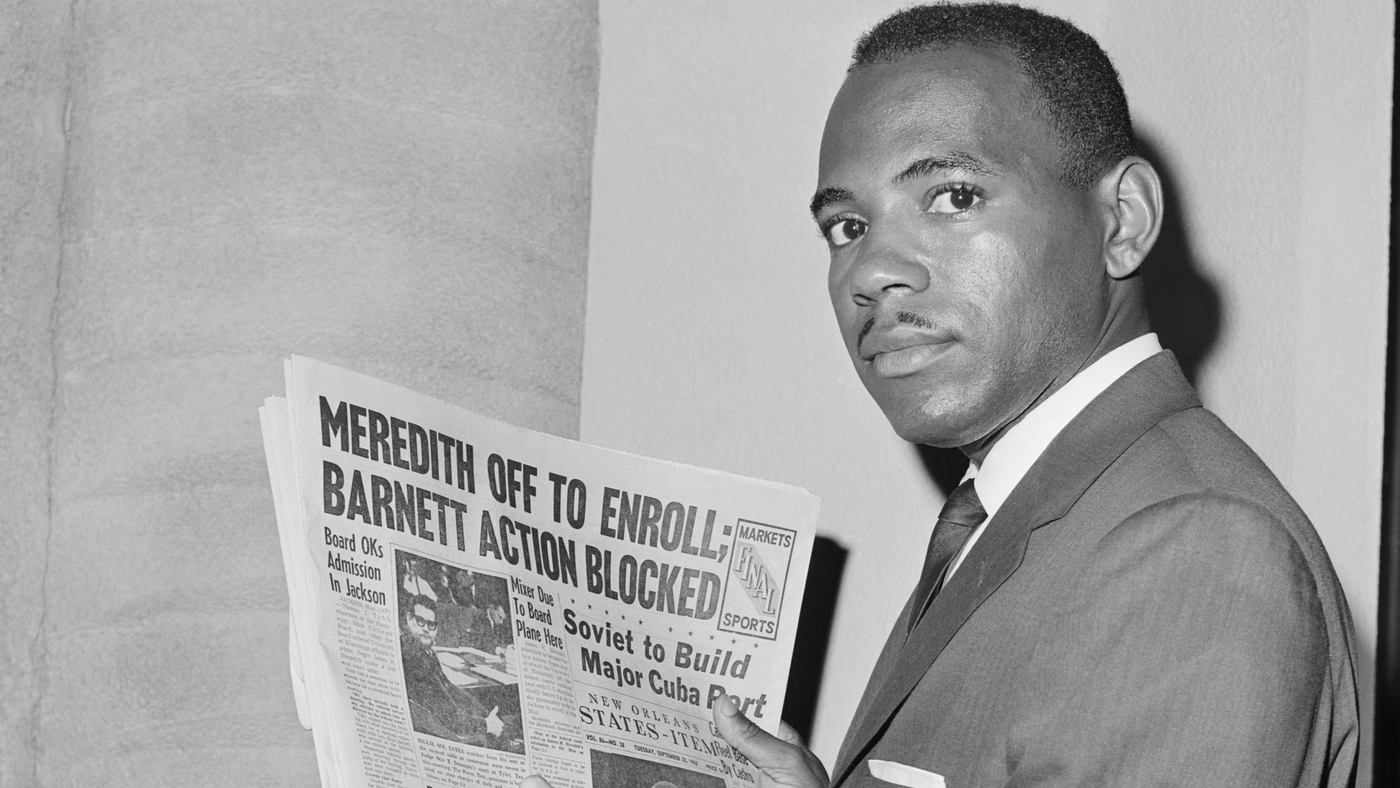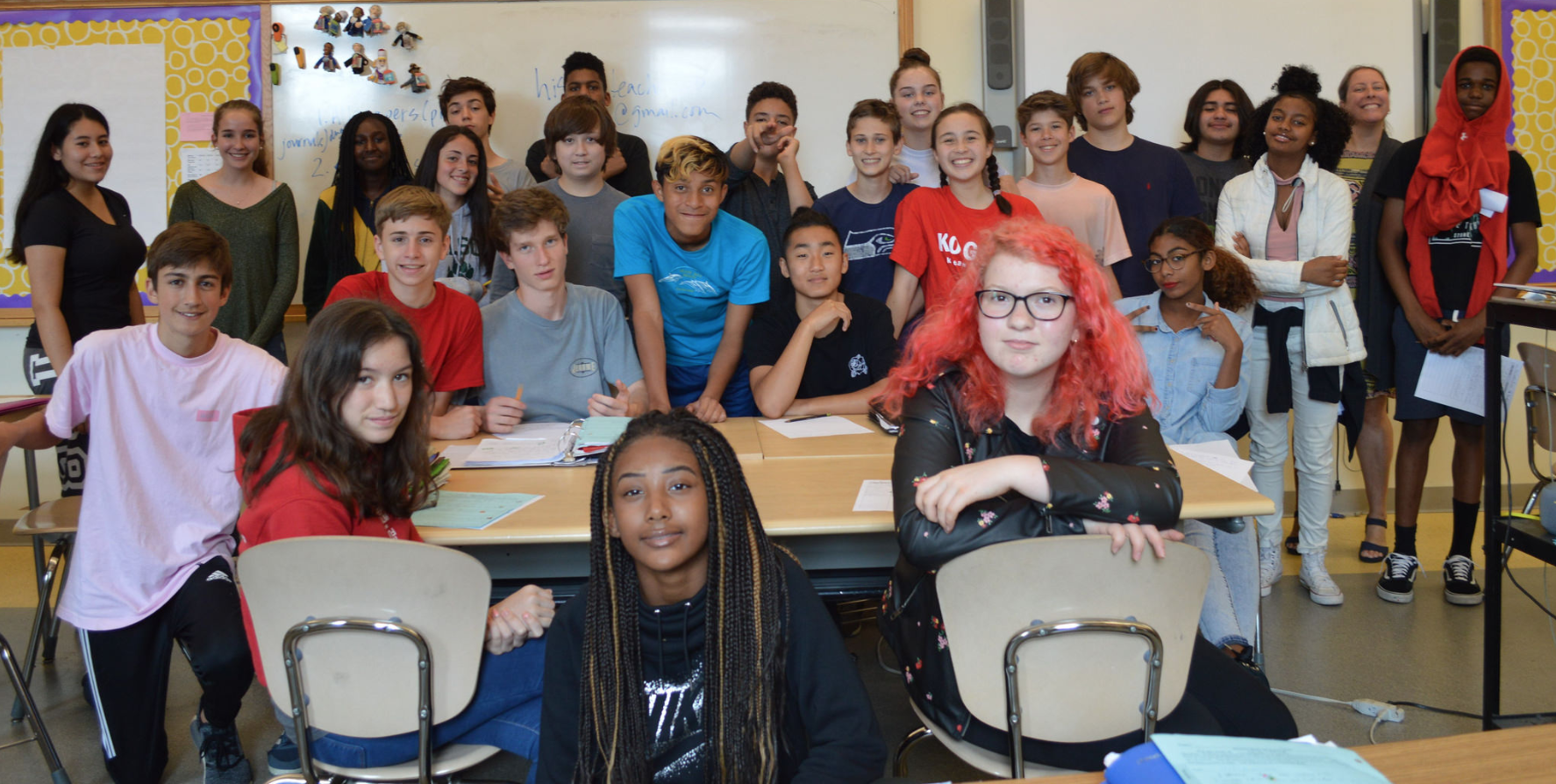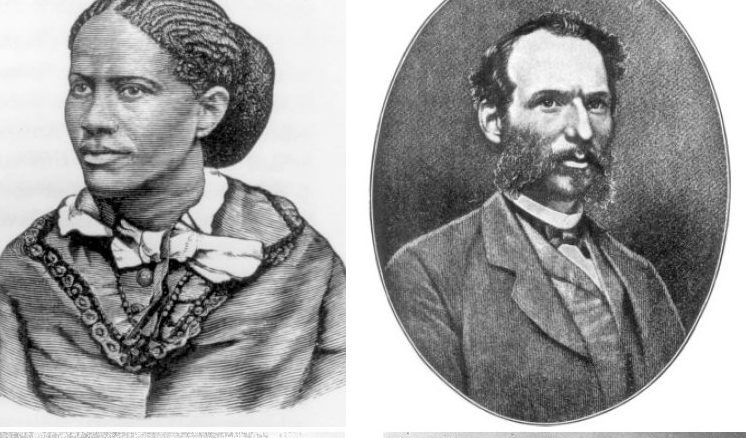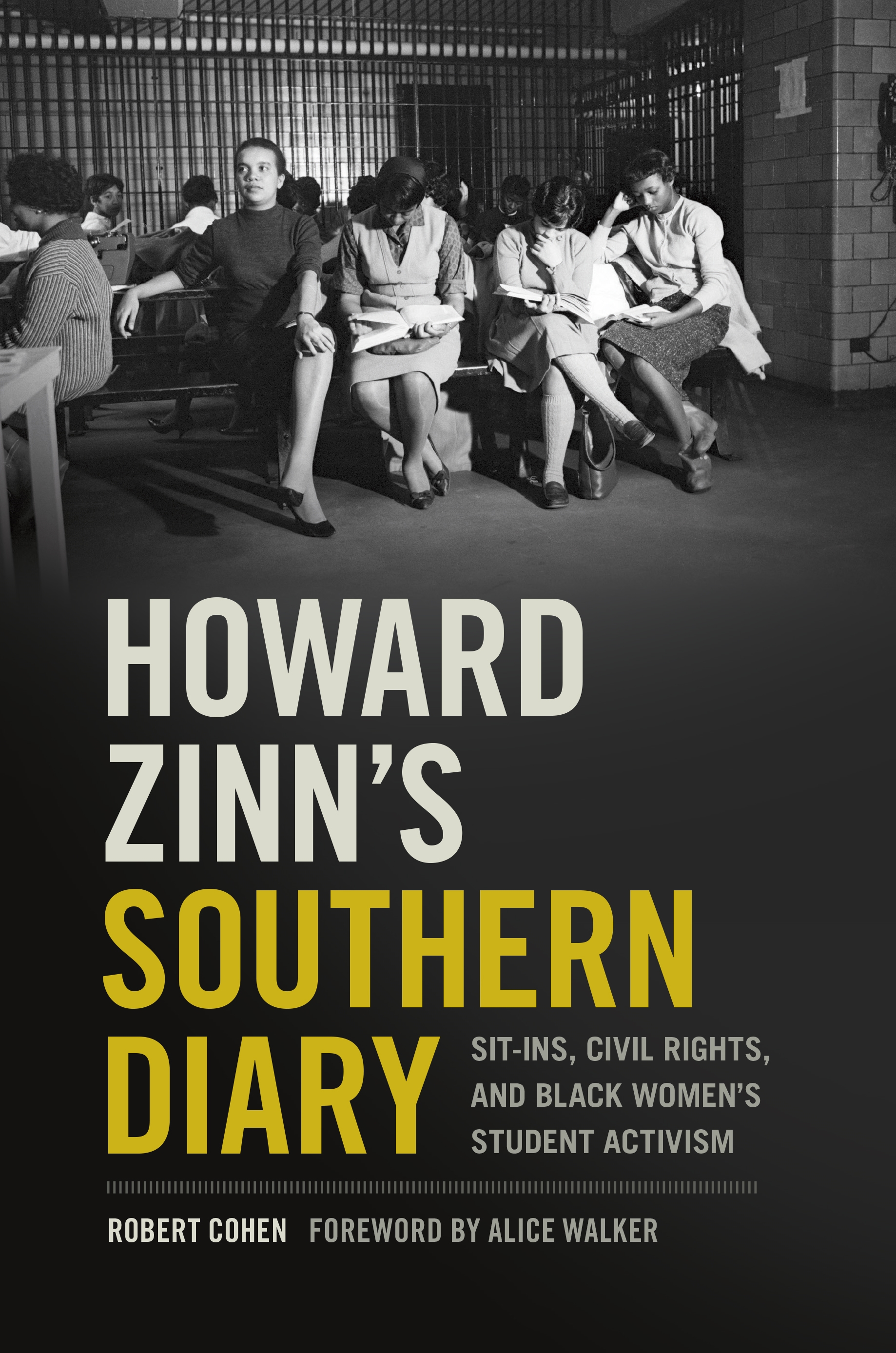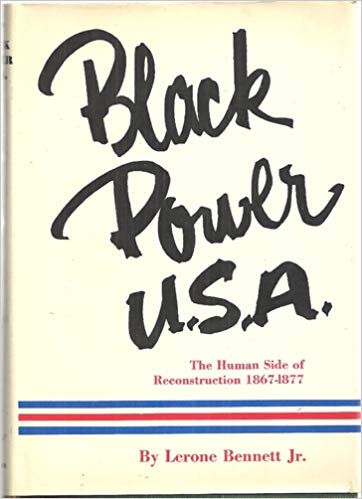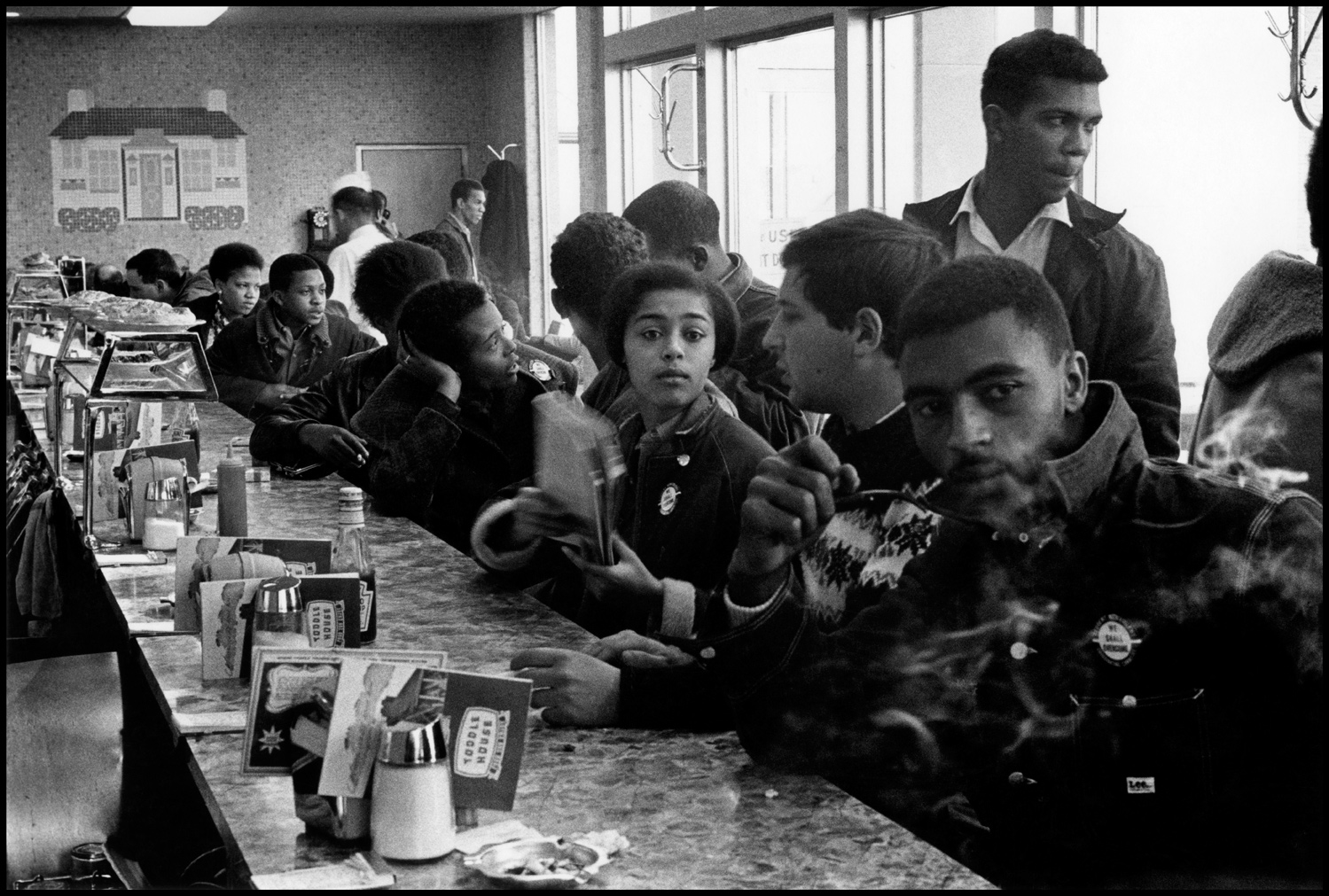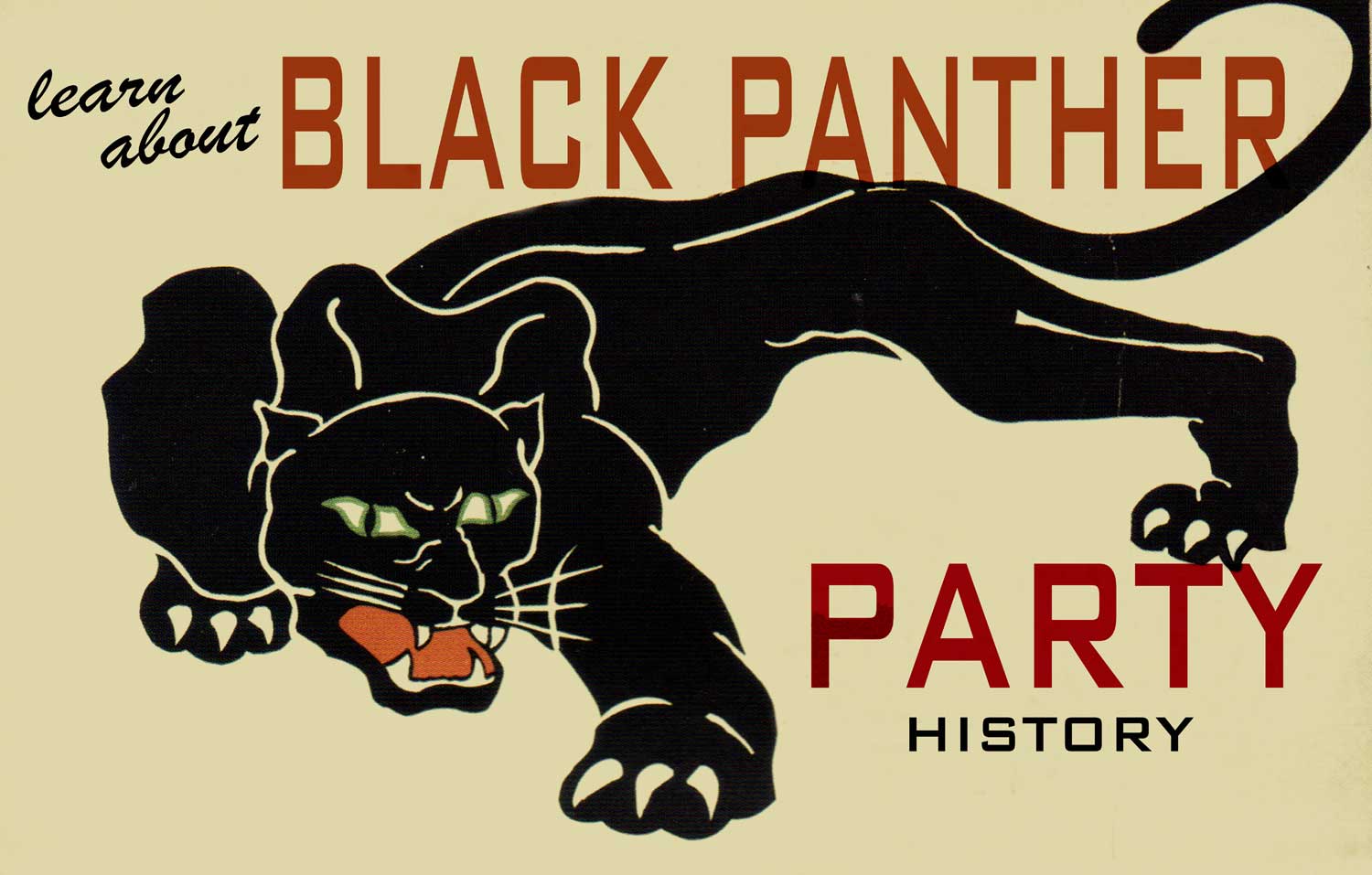African Ameican residents of Diamond, Louisiana won their relocation fight with Shell Oil.
Continue reading
During a clear sign of Reconstruction era voter suppression, a Black militia was accused of blocking a road and punished with the Hamburg Massacre.
Continue reading
The Fourteenth Amendment to the United States Constitution was adopted.
Continue reading
Shirley Chisholm was an historic candidate at the Democratic National Convention in Miami Beach. Chisholm was outspoken on behalf of civil rights legislation, the Equal Rights Amendment, and a minimum family income; she opposed wiretapping, domestic spying, and the Vietnam War.
Continue reading
The Niagara Movement — starting as a conference of Black leaders in upstate New York — was formed, paving the way for the creation of the NAACP.
Continue reading
The bodies of Charles Eddie Moore and Henry Hezekiah Dee, were found in the Mississippi River. They had been tortured and murdered by the Klan two months earlier.
Continue reading
Schoolteacher Elizabeth Jennings Graham successfully challenged racist streetcar policies in New York City.
Continue reading
Protest and civil unrest broke out in Cleveland following years of escalation of racial tension.
Continue reading
The Southern Homestead Act of 1866 was signed, providing land to the formerly enslaved, lands which had been stolen from the Native American inhabitants.
Continue reading
White mobs, incited by the media, attacked the African American community in Washington, D.C., and African American soldiers returning from WWI. This was one of the many violent events that summer and it was distinguished by strong and organized Black resistance to the white violence.
Continue reading
The U.S. Army firebombed a fort on the Apalachicola River in Florida.
Continue reading
The bodies of three lynched civil rights workers (James Chaney, Michael Schwerner, and Andrew Goodman) were found in Neshoba County, Mississippi.
Continue reading
White workers murdered Black workers in Arkansas who were coming to work on the railways.
Continue reading
Digital collection. The Library of Congress has launched an online collection of oral history interviews with Civil Rights Movement veterans.
Continue reading
James Meredith attempted to register at the University of Mississippi.
Continue reading
Article. By Amy Trenkle.
One of the teachers who piloted the Make Reconstruction History Visible project with her students shares the process she used.
Teaching Activity by Amy Trenkle
Continue reading
Teaching Activity. By Adam Sanchez and Nqobile Mthethwa. 25 pages.
A mixer role play explores the connections between different social movements during Reconstruction.
Continue reading
Book — Non-fiction. By Robert Cohen. 2018. 312 pages.
A historical overview and diary entries from Howard Zinn's years as an activist professor at Spelman College.
Continue reading
Book — Non-fiction. By Lerone Bennett Jr. 1967. 426 pages.
A bottom-up, student friendly text about the people's history of Reconstruction.
Continue reading
Abraham Lincoln issued the preliminary Emancipation Proclamation.
Continue reading
Teaching Activity. By Adam Sanchez. Rethinking Schools. 24 pages.
A series of role plays that explore the history and evolution of the Student Nonviolent Coordinating Committee, including freedom rides and voter registration.
Continue reading
Teaching Activity. By Adam Sanchez and Jesse Hagopian. Rethinking Schools. 33 pages.
A mixer lesson introduces students to the pivotal history of the Black Panthers.
Continue reading

